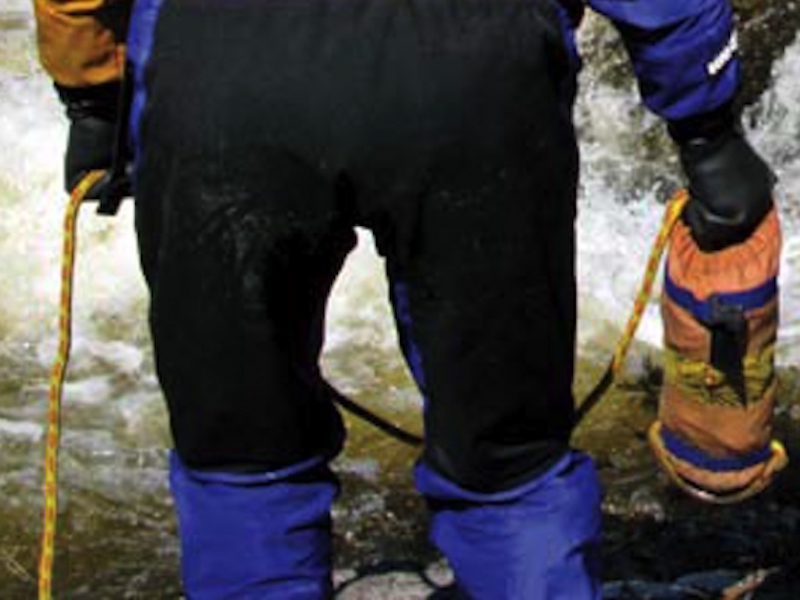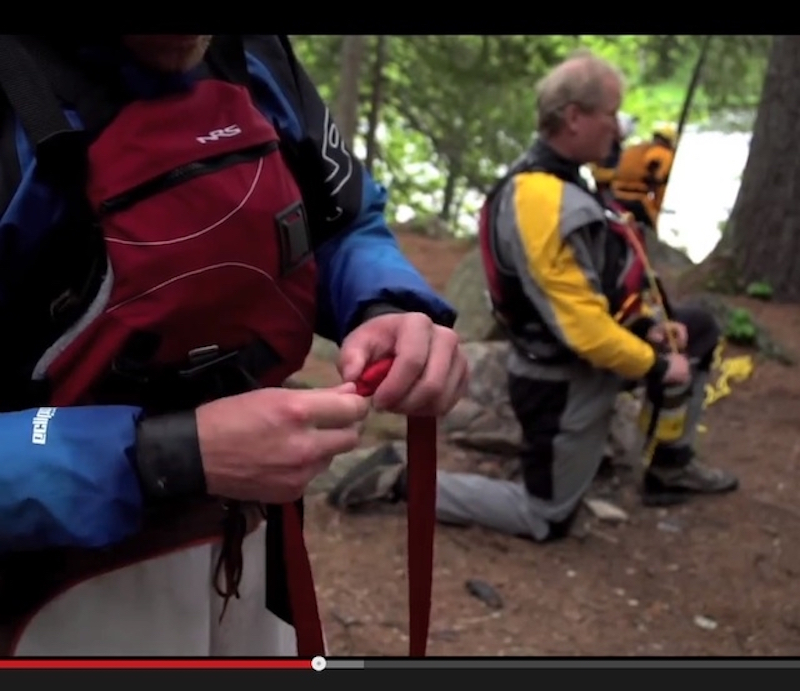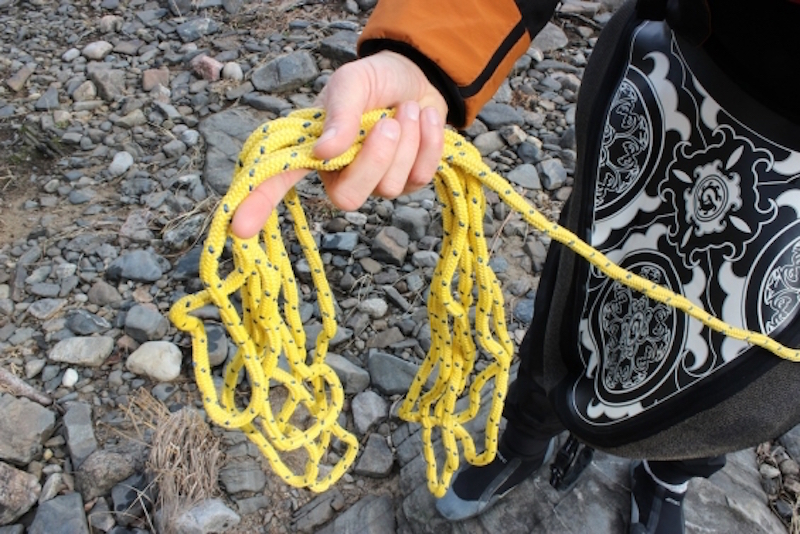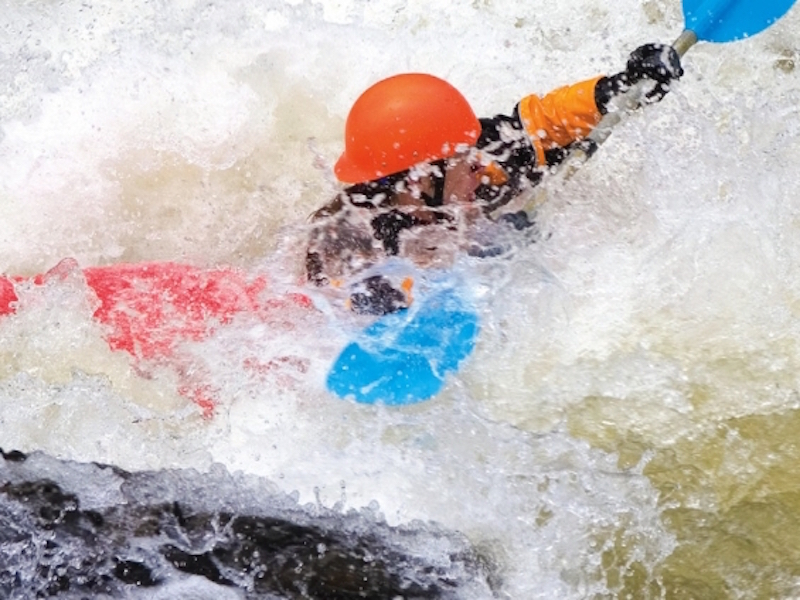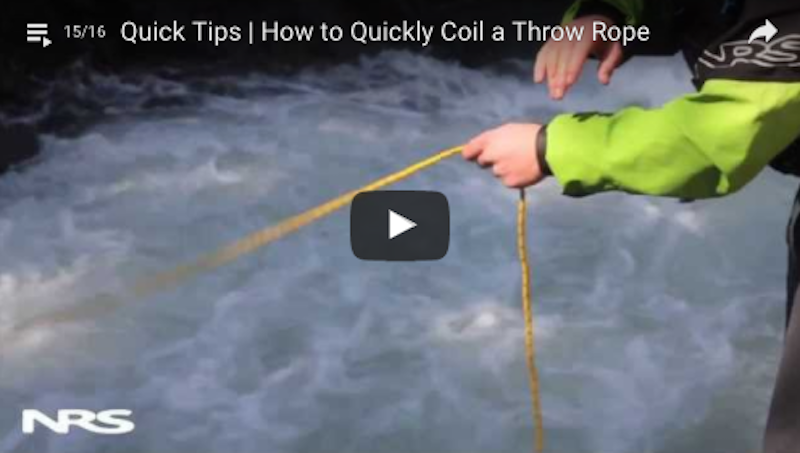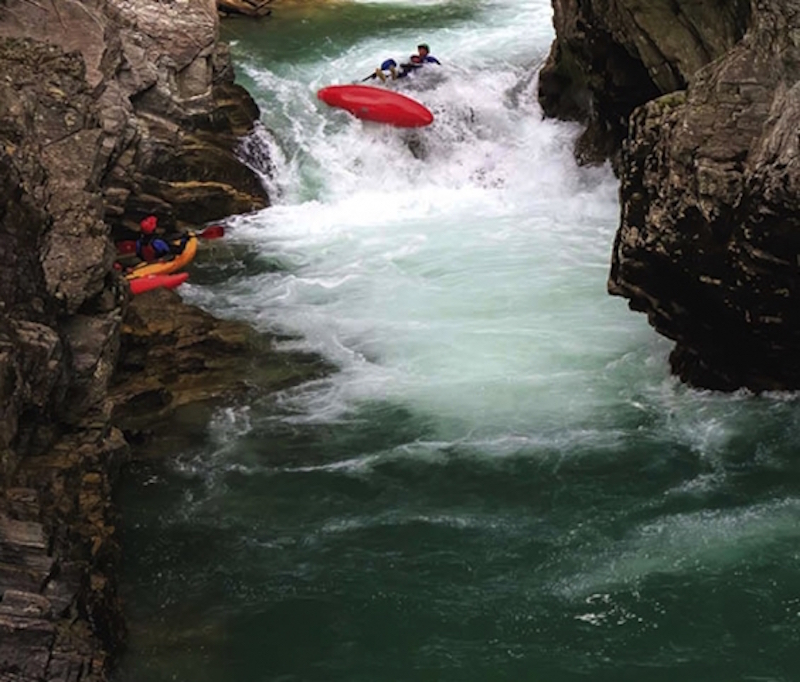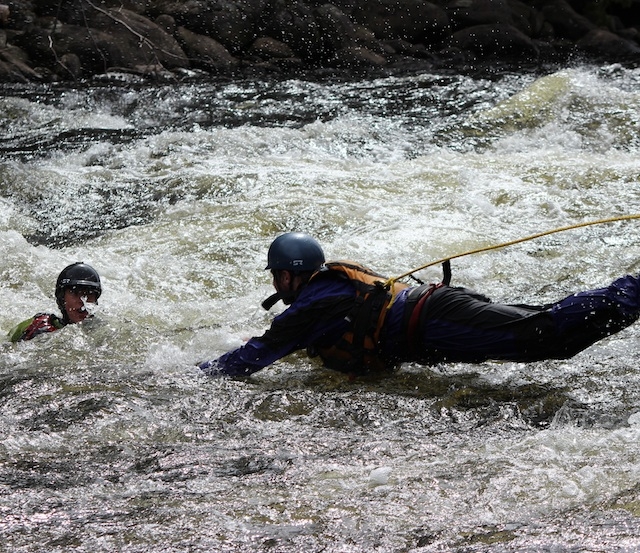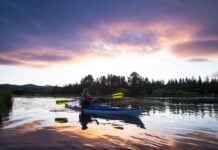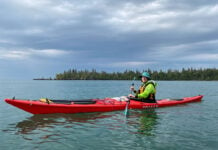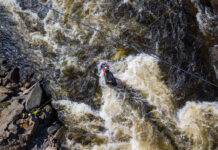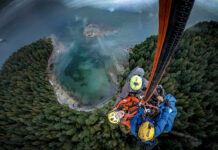Whitewater paddling is one of the most exciting and fun activities you can do, in our completely unbiased opinion. Close calls, bad swims and river mishaps can take the enjoyment out of whitewater faster than a runaway kayak on a steep creek. To maximize good times on the river and mitigate the consequences of things not going to plan, it’s imperative to take a river rescue course and ensure you feel comfortable in the areas you paddle. Over the years at Rapid, we’ve compiled an extensive collection of key whitewater skills we think everyone should know.
1. Throw a throw bag properly
This is a skill you want to have worked on before it matters. Don’t be caught making ineffective throws on the river bank to a panicked friend—practice your toss each time you hang the bag up to dry. See how here.
2. How To Make A Flip Line
A flip line, or guide belt, made with a length of webbing and a locking carabiner, has many different uses for kayakers, rafters and canoeist. In addition to helping flip an overturned raft, you can use it to make a rescue anchor, boat tether and rescue harness. Watch how to make one here.
READ MORE: 10 things that will happen when you learn to whitewater kayak
3. The Coil Rescue
Ideally, your throw bag hits its target the first time. Even so, there are situations when throwing a coiled rope is called for, like multiple swimmers or a failed first attempt. Learn how to do a coil rescue here.
4. Equip Your PFD For Rescue
A PFD is key for your own personal safety, but it also a piece of gear that can be equipped with essential safety gear. Find out what you need and how to set it up here.
5. Learn how to escape a hydraulic
Getting caught in a hole is terrifying, especially if it’s the first time. Learn how to get out as fast as possible here.
6. How to quickly coil your throw rope
Sometimes your first throw doesn’t go as planned, and you need to coil your rope as fast as possible. In rescue situations, each second is valuable. Learn how to coil your rope ASAP here.
7. Learn How To Swim
When you see a boat-less body swirling down a river, it may not look like there is much technique involved, but controlled body position and motion can have a serious effect on how you fare in the big water. Learn how to swim properly in whitewater here.
8. Give your rescue skills a tune-up
Check in with yourself before each season and evaluate which rescue skills you need to work on or refresh. Being aware of your blind spots or weaker skills will help you focus on what to improve and aid you in making decisions. Learn more improving your skills here.




